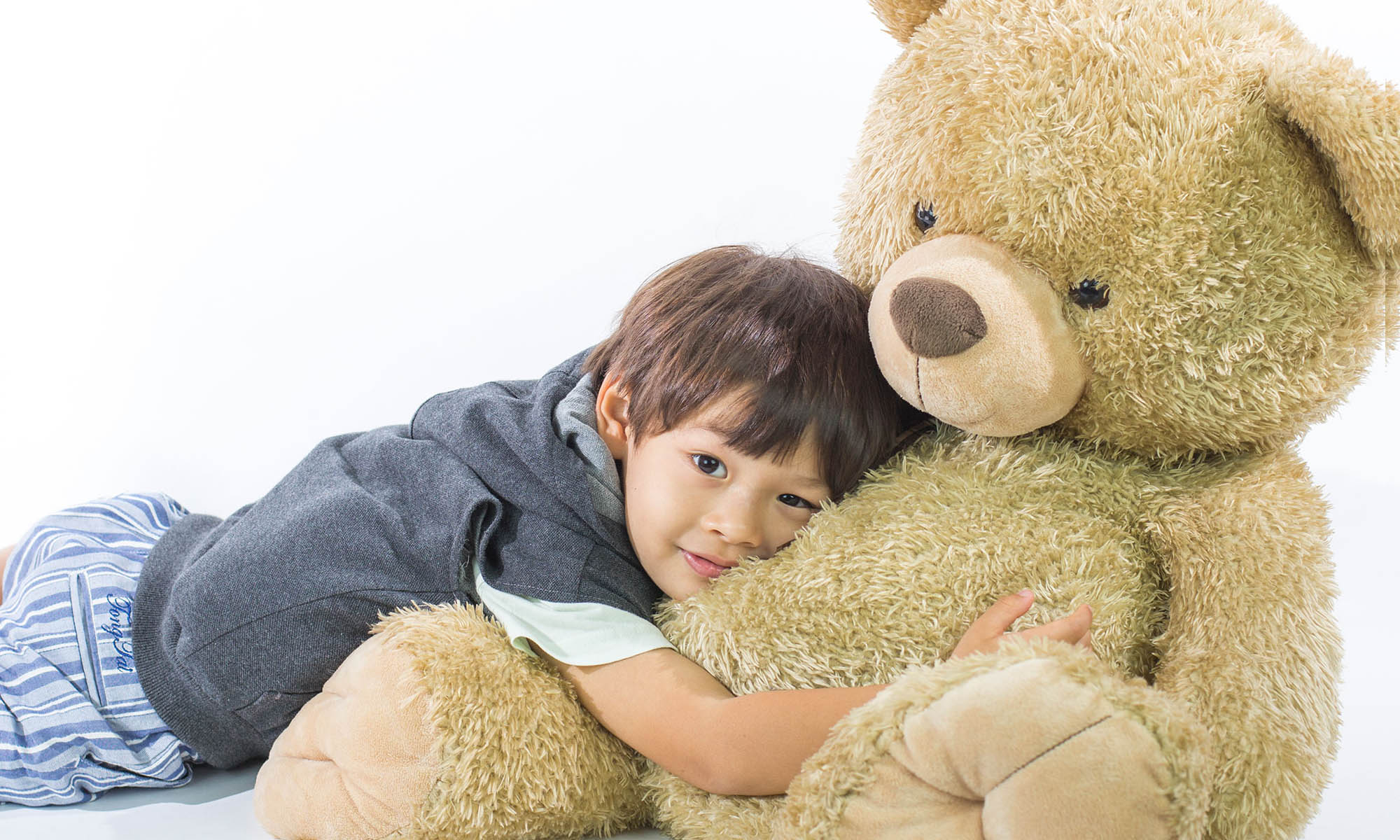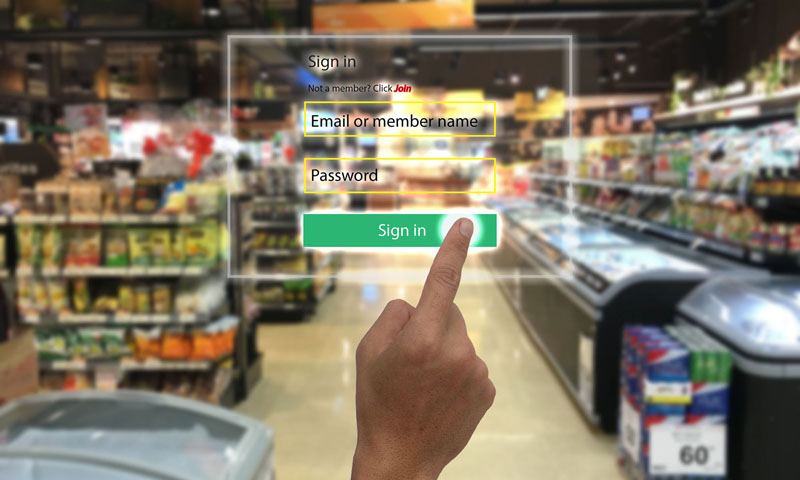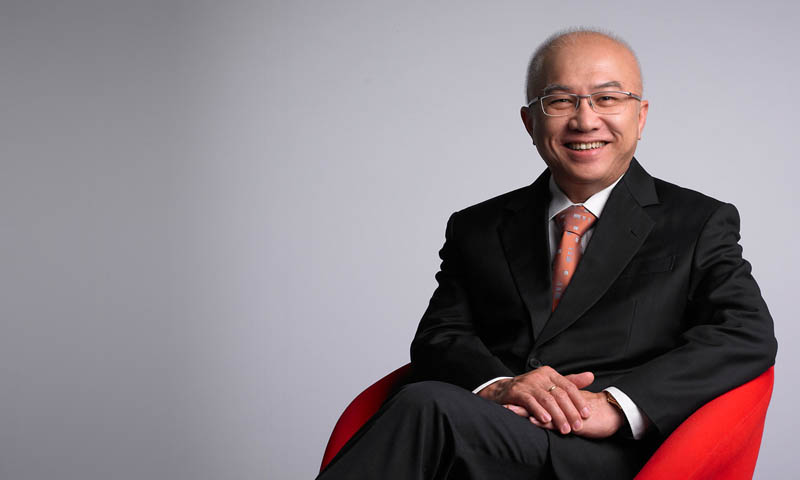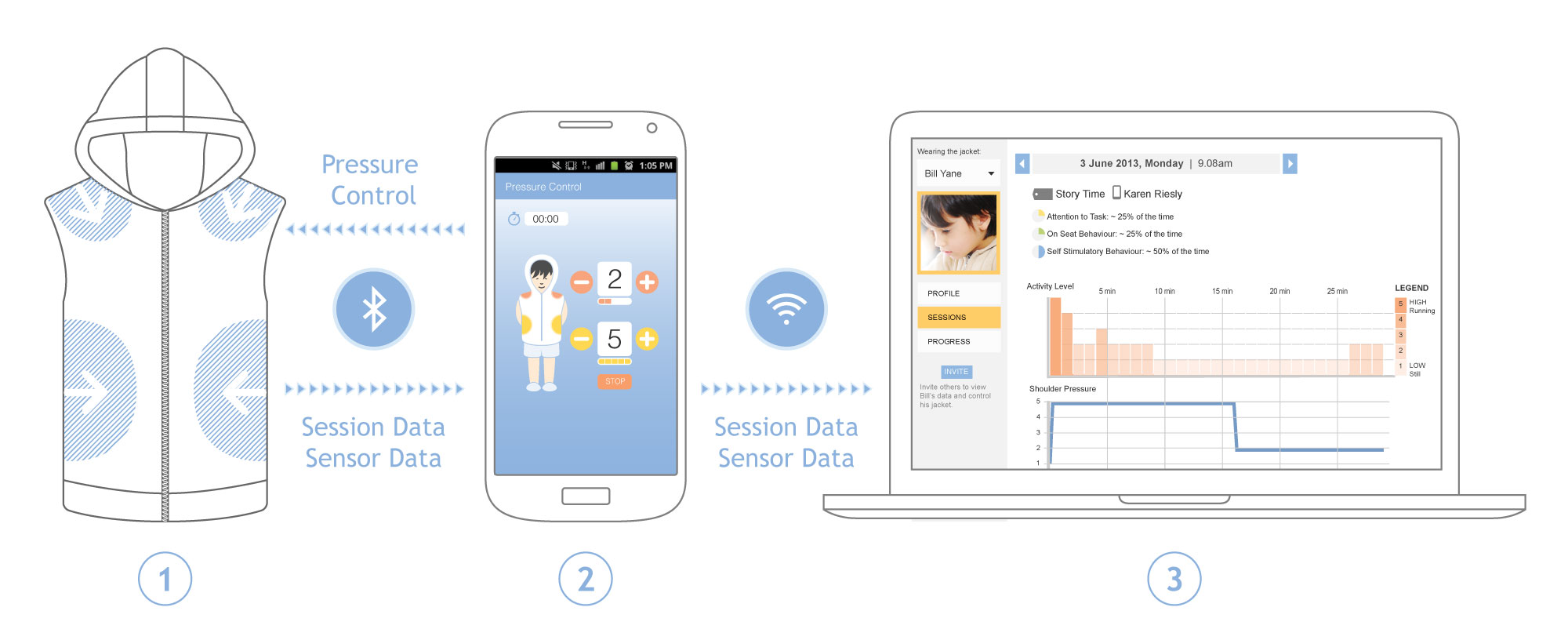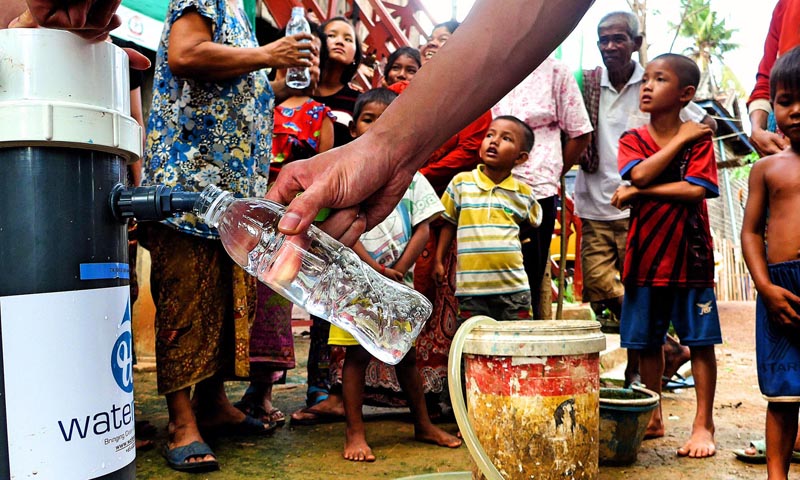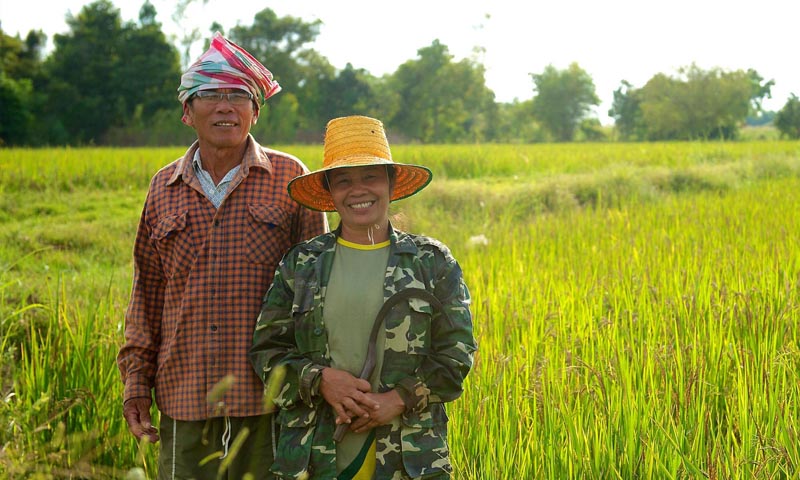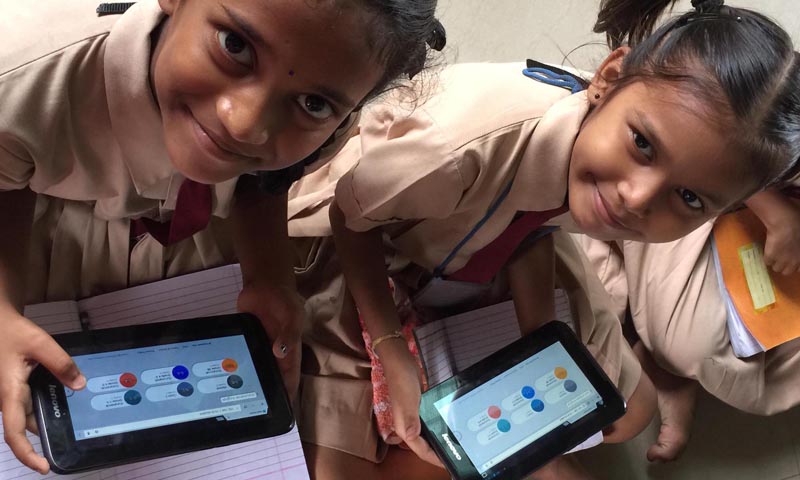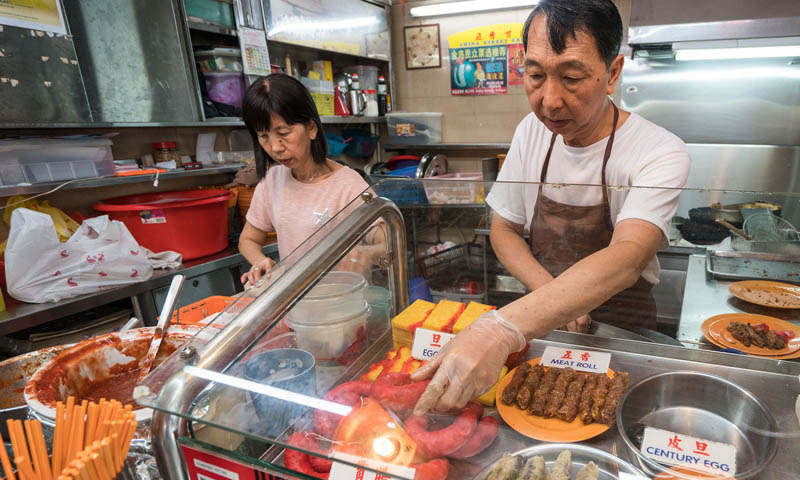The tech start-up’s jacket delivers customisable hugs to people with sensory disorders
The plan was to create a jacket that would hug children whose parents were away. Today, that jacket has a greater social purpose: soothing individuals with sensory disorders, such autism.
By providing customisable deep pressure hugs, the jacket – created by Singapore-based wearable tech company TWare – helps sensory seeking people settle down quickly and improve attentiveness for activities such as reading and drawing; while sensory over-responsive individuals can use the jacket to better cope in situations where they may feel stressed and anxious, such as in crowded places.
TWare’s Tjacket is now used by more than 800 people across the globe in Singapore, USA, Belgium, Holland, Germany, UK, Hong Kong, Japan and Australia, as well as in nearly 50 centres in Singapore and overseas.
TWare has also recently developed Airawear, an intelligent massage jacket that helps to relieve back pain suffered by office workers, long flight passengers, and long distance drivers.
What inspires this social enterprise and keeps them innovating? TWare co-founder & CEO Lin Wei Liang shares more about the company:
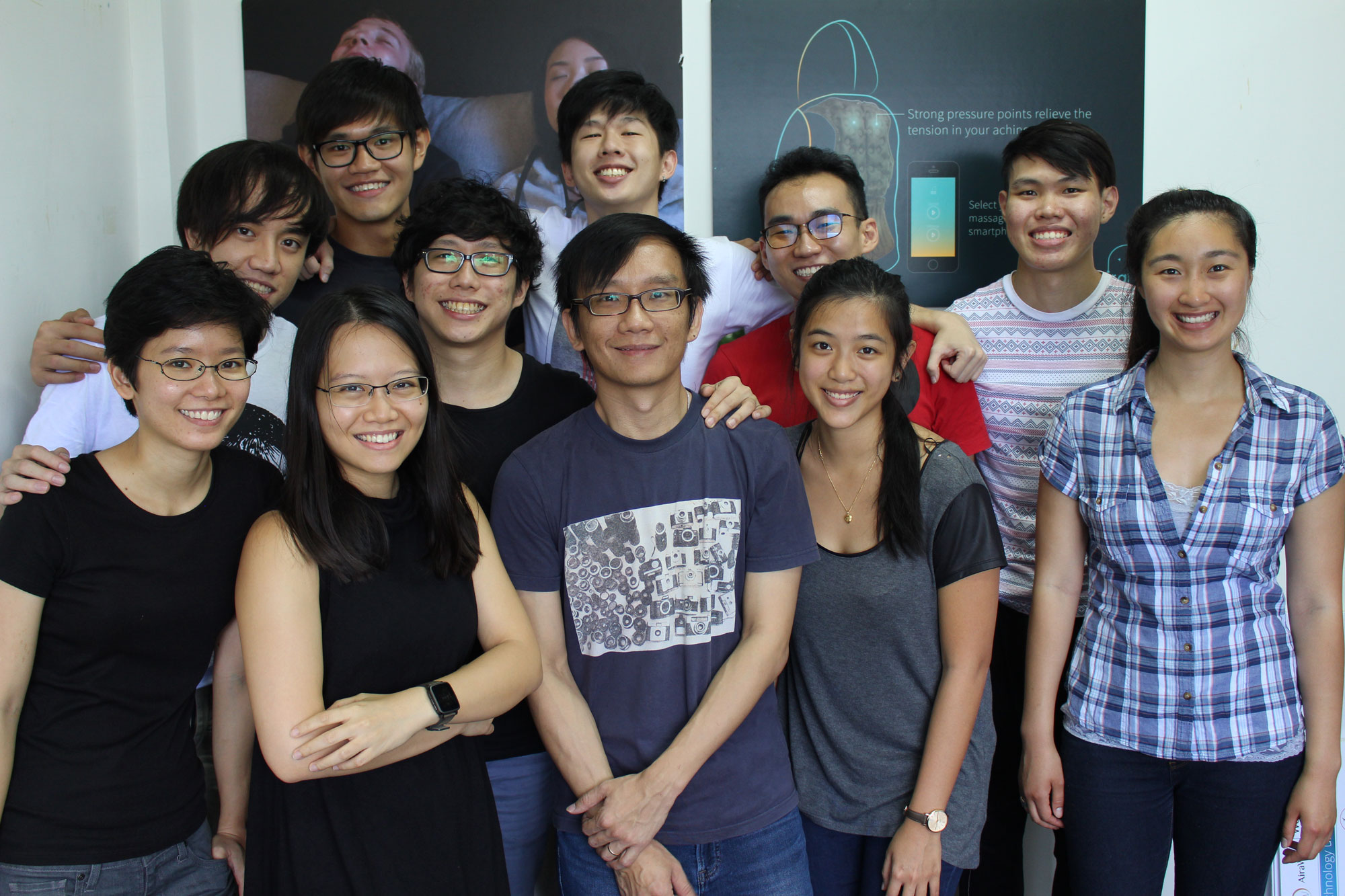
1. How was TWare started?
Lin: The technology was developed first in the Keio-NUS CUTE Center research lab as a remote hugging jacket for parents to remotely hug their kids when they are away, for example, on an overseas trip.
The lightbulb moment came when our co-founder, Dr James Teh, was exhibiting this project at conferences, and an occupational therapist saw value in using this technology to calm individuals suffering from sensory disorders (e.g. individuals with autism), especially those seeking proprioceptive and tactile sensory input, via a remote "hug" or deep pressure. Without sufficient sensory input, these individuals tend to display sensory seeking behaviour (e.g. rocking their bodies, flapping their arms or hyperactivity).
Inspired by the potential social impact of our technology, the team decided to further investigate the needs of these individuals and how our technology could help them.

2. How does TJacket work?
Lin: Tjacket, controlled via a smartphone app, provides adjustable, automatic and discreet deep pressure therapy, which has been widely used by occupational therapists to help with sensory processing issues, anxiety disorders, hyperarousal, restlessness and chronic stress. These are common characteristics found among individuals with Autism Spectrum Disorders (ASD), Attention Deficit Hyperactivity Disorder, and Sensory Processing Disorders (SPDs).
Deep pressure therapy, which is a continuous firm pressure on the body, may be used to calm, decrease arousal and increase the attentiveness of an individual.
The jacket has embedded airbags that inflate discreetly to provide deep pressure on the body in a lateral manner, while sensors in the jacket monitor a user’s activity. Data recorded is then sent to our cloud programme so progress can be monitored and shared.

 Hong Kong
Hong Kong India
India Indonesia
Indonesia China
China Taiwan
Taiwan
